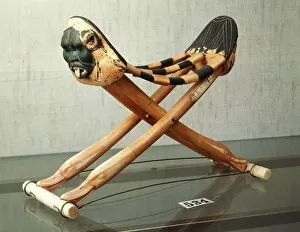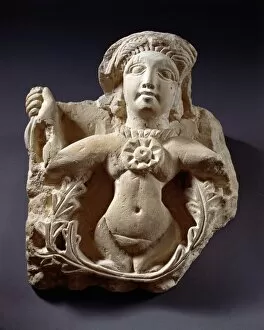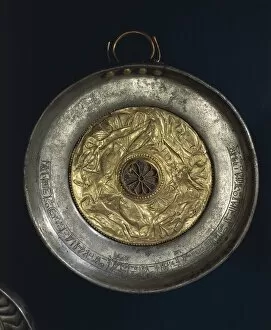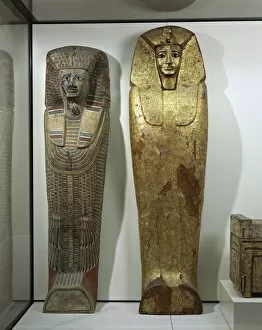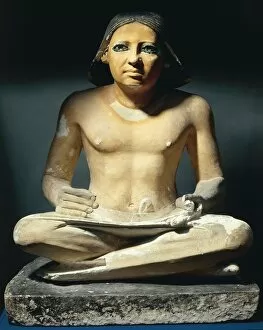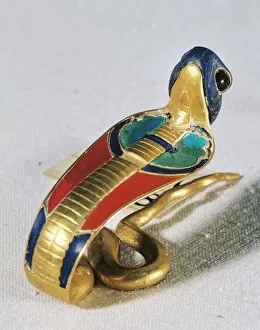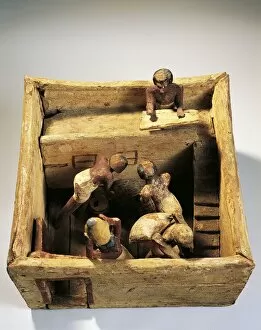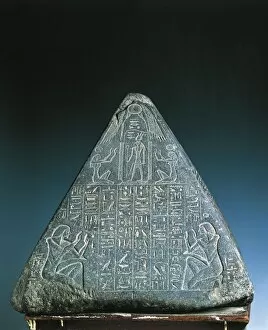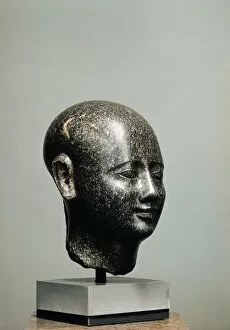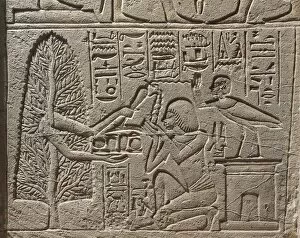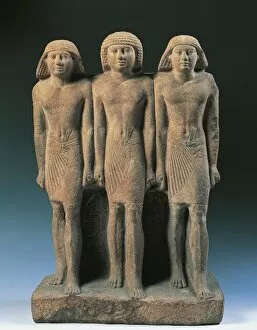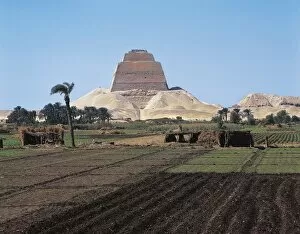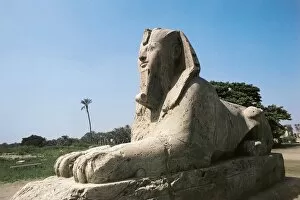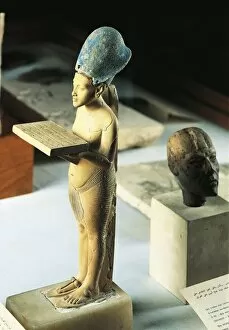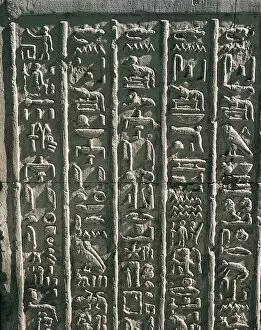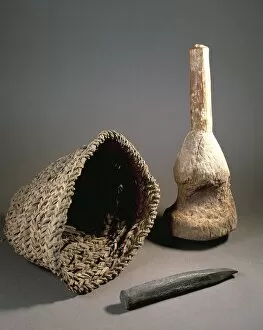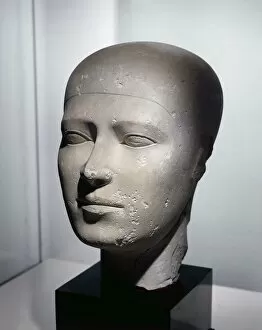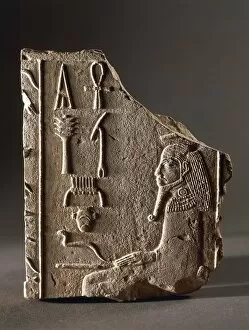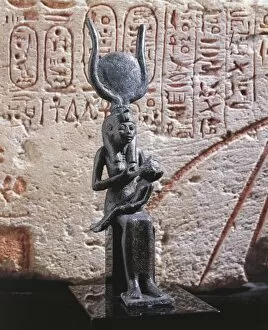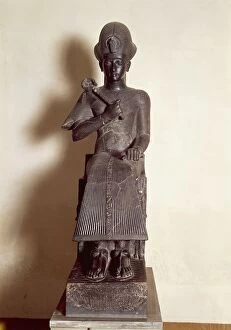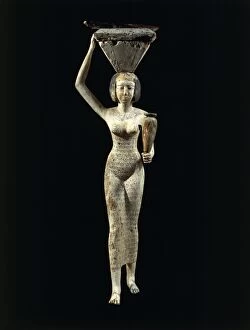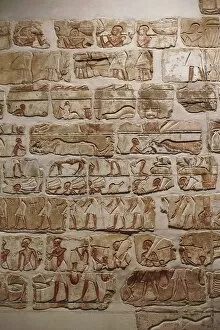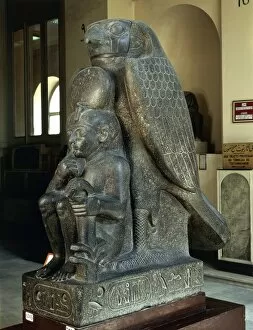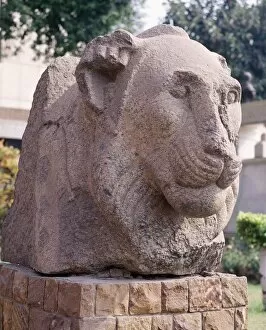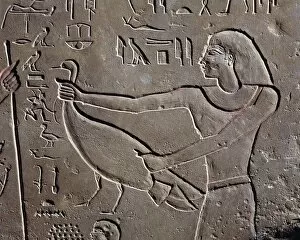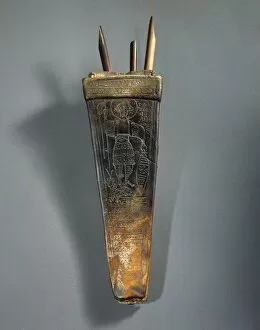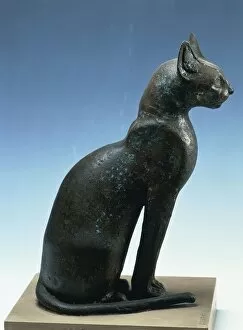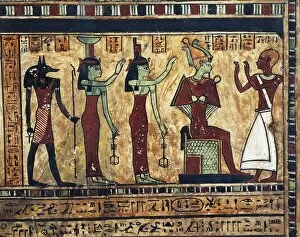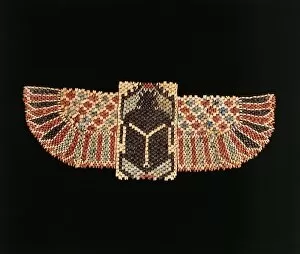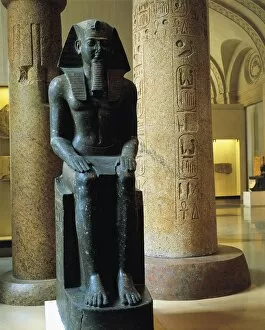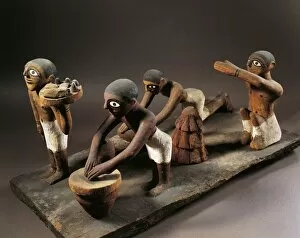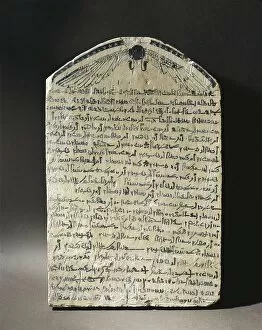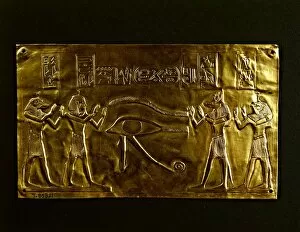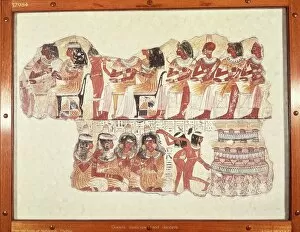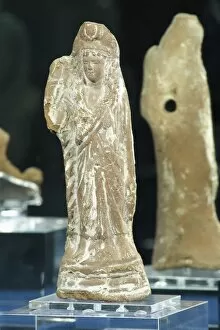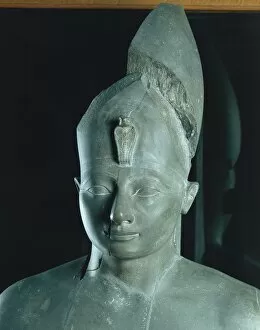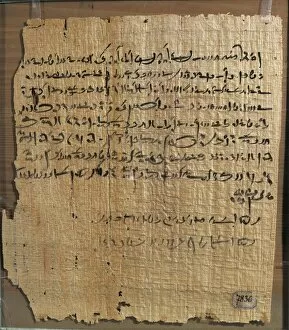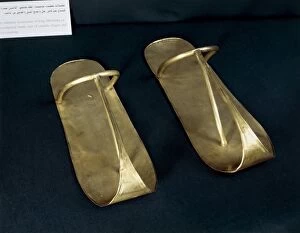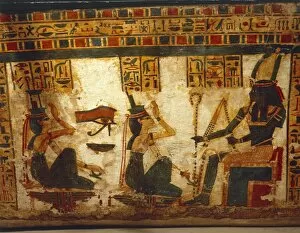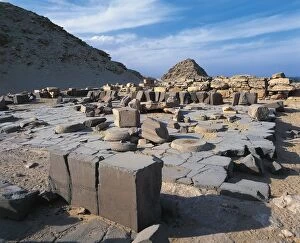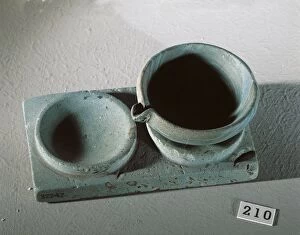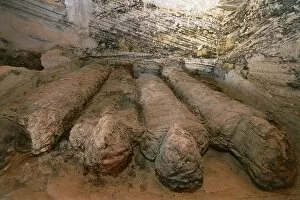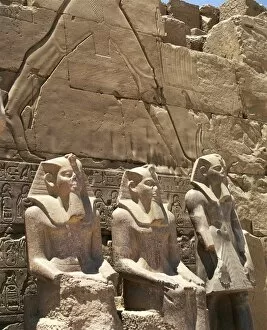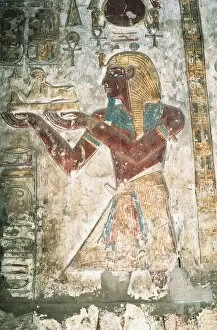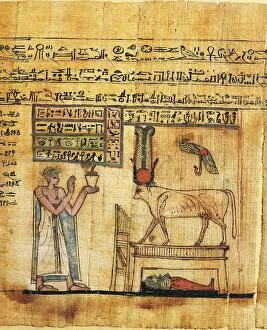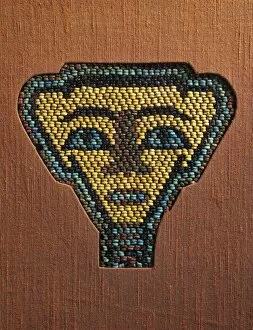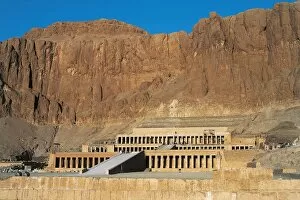Ancient Egyptian Culture Collection (page 29)
As the sun sets over the majestic land of ancient Egypt, a captivating scene unfolds before our eyes
For sale as Licensed Images
Choose your image, Select your licence and Download the media
As the sun sets over the majestic land of ancient Egypt, a captivating scene unfolds before our eyes. In the foreground stands the enigmatic Sphinx, its imposing presence shrouded in mystery and intrigue. Behind it, rising proudly against the horizon, is the awe-inspiring Pyramid of Chephren, one of the magnificent Pyramids of Giza. Illustrations depicting ancient Egyptian gods adorn this rich tapestry of culture. The mighty Horus holds aloft the key of life, symbolizing eternal power and vitality. Nearby, we glimpse an illustration showcasing Osiris, revered as a god associated with resurrection and rebirth. Journeying further into this mesmerizing world, we encounter architectural marvels that have stood for millennia. The Mortuary Temple of Hatshepsut in Luxor showcases intricate designs that pay homage to a powerful female pharaoh who defied convention. The Red Pyramid beckons us with its striking red hue and impeccable symmetry – a testament to ancient engineering prowess. Ramses II Temple in Abu Simbel stands tall as a UNESCO World Heritage Site; its colossal statues paying tribute to an iconic ruler from Nubia. A stroll through history brings us to the Kiosk of Trajan standing gracefully before the remarkable Temple of Isis – both designated UNESCO World Heritage Sites. These structures embody religious devotion and reflect Egypt's deep-rooted spiritual beliefs. Delving deeper into their burial customs reveals treasures beyond imagination: Pharaoh Amenemope's gold funerary mask from Tanis gleams with opulence fit for royalty. Anubis, god of death and embalming rituals, clutches his sacred symbol -the Ankh- representing everlasting life. Finally, we arrive at Kom Ombo near Aswan where an ancient temple awaits our exploration amidst North Africa's breathtaking landscapes. And not far away lies another UNESCO World Heritage Site: Menkaure's Pyramid accompanied by none other than the timeless Sphinx itself.

